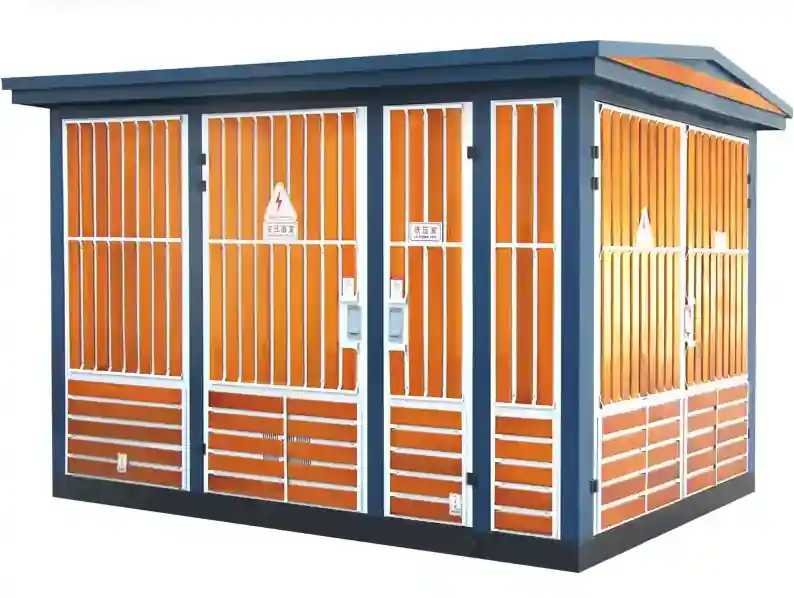
Core Concept Explained
A Understation is a part of an electrical generation, transmission, and distribution system that transforms voltage from high to low or vice versa using transformers. A Transformator is a static electrical device that transfers electrical energy between two or more circuits through electromagnetic induction.
Substations can be classified as:
- Transmission Substations (high voltage interconnection)
- Distribution Substations (voltage step-down for consumers)
- Switching Substations (for routing power flow)
Transformers within these substations are categorized based on:
- Power rating (kVA or MVA)
- Insulation type (oil-immersed, dry-type)
- Phase (single-phase or three-phase)
- Cooling system (ONAN, ONAF, etc.)
Applications in Industry and Infrastructure
- Urban and rural distribution networks
- Industrial manufacturing zones
- Renewable energy integration (e.g., solar farms, wind farms)
- Commercial establishments and shopping centers
- Critical infrastructure such as hospitals and data centers

Markedstendenser og baggrund
Ifølge IEEMA and recent IEEE reports, the demand for compact, modular substations and eco-friendly transformers is on the rise. The shift toward smart grids og renewable energy integration is accelerating the need for efficient transformer technology. Utility companies are also investing in automation, remote monitoring, and fault isolation technologies.
Technical Specifications and Comparison
| Funktion | Traditional Oil-Immersed Transformer | Dry-Type Transformer |
|---|---|---|
| Cooling | Oil-based | Air/Natural |
| Sikkerhed | Risk of leakage/fire | Safer in enclosed areas |
| Vedligeholdelse | Requires regular oil checks | Lower maintenance |
| Anvendelser | Outdoor, high voltage | Indoor, sensitive areas |
Transformers are also rated based on voltage and capacity, such as 33/11kV 10MVA, 11kV 1MVA, etc.
Difference from Similar Technologies
While koblingsudstyr manages circuit protection and control, transformers focus on voltage regulation. Unlike UPS systems, transformers cannot store energy but instead ensure continuous energy transformation and regulation.
Selection Advice and Buying Guide
When choosing a transformer or substation setup, consider:
- Load requirements (kW or kVA)
- Input/output voltage levels
- Indoor vs outdoor placement
- Cooling and insulation needs
- Compliance with local utility standards and IEEE/IEC norms
Partnering with certified manufacturers such as Schneider Electric, ABBog Siemens ensures quality assurance and after-sales support.
Ofte stillede spørgsmål (FAQ)
A: With proper maintenance, transformers can last 25 to 40 years depending on load, environment, and usage patterns.
A: While primarily for indoor use, specially enclosed dry-type transformers can be installed outdoors in protective housings.
A: Inspections should be done annually, with condition monitoring performed monthly for high-demand installations.


